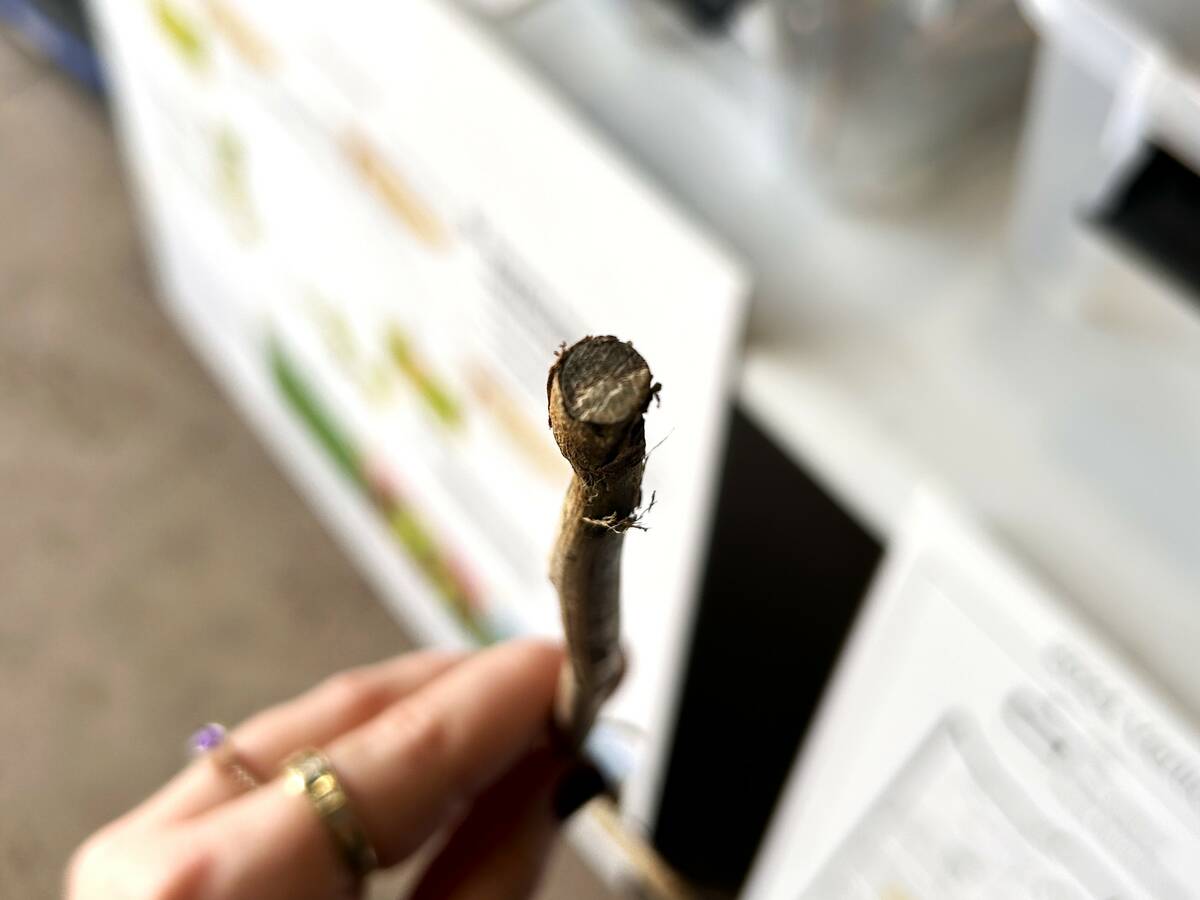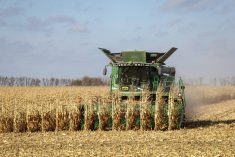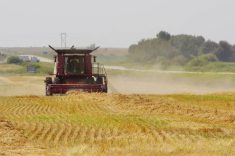This will be a tough year for weed control.
Late seeding into warm, wet soil is going to give rise to relatively fast crop emergence and leave little time to do any kind of pre-seed herbicide application.
Complicating matters further, is the ongoing global herbicide shortage.
Read Also

Manitoba canola embattled by verticillium
Verticillium stripe pressure has been growing in Manitoba, and canola farmers still have precious few tools to protect their crop from the disease.
In a ‘normal’ year, depending on the crop, that might mean a pre-seed application with residual capacity to get things started followed by one or two in-crop applications.
“I don’t know if there’s any such thing as a normal year anymore,” Kim Brown-Livingston, weed specialist with Manitoba Agriculture, said.
“There are a lot of weeds coming up and the problem is they’re ahead of the crop and that gives them every advantage,” she said. “They’ve already got the moisture. They’ve got more than adequate sunlight because they are the only thing on the ground capturing sunlight. They’ve got access to nutrients that are readily available in the soil. They’ve got a head start on our crops, and we’ve got to do everything we can to get the weeds under control.”
Brown-Livingston points out that while the No. 1 priority for farmers is to get the crop seeded, weed control comes in at a close second.
“The No. 2 priority is weed control,” she said. “If the seeder is going, try to get a body on the sprayer and get spraying.”
Of course, the challenge is that there isn’t a lot of time between seeding and emergence. “If you wait too long, you run the risk of not being able to do any kind of spray because your crop is already up,” Brown-Livingston said. “It just happens very quickly this time of year, which is good — we need our crops to get up and going. But it really limits us getting in there for weed control.”
Trying to get a pre-emergence application in is especially critical this year because of the global herbicide shortage.
“There isn’t a lot of excess chemistry out there,” warns Brown-Livingston. “You may only get enough product to spray in crop once.”
Which, of course, makes the extra layer of protection with a pre-emergence application all the more important.
Of course, it also means the timing of the in-crop application is crucial.
“If you’re looking at glyphosate or glufosinate on canola, we’d normally like to see people doing two sprays at two different stages of the crop,” Brown-Livingston says. “But if you only have enough chemistry for one spray this year, you have to make it count and you’re going to have to be really careful how you time it.”
It’s clearly shaping up to be a really challenging year for spraying weeds. Farmers are already struggling just to get their fields seeded, amid the wettest spring in decades, and heavy rain and high winds have been a recurring theme. That’s making what’s already ordinarily a big challenge into an even larger one.
“It’s never easy,” says Brown-Livingston. “We don’t have a lot of good days for spraying. It’s either it’s wet, it’s windy — there are loads of reasons why it’s difficult to spray. And then the supply shortage is on top of everything else.”
Of course, with the wet conditions we’re seeing a shift in the weeds we’ve become used to seeing over the past couple of dry years. For instance, curled dock and broad-leaf plantain are showing up in fields this year.
“Those are very wet weeds,” says Brown-Livingston.
Other weeds that might make an appearance include lanceleaf sage, purslane, speedwell and marsh yellowcress (a mustard species that thrives in wet conditions).
It’s also been a very good year for biennial, winter annual and perennial weeds that always tend to be more prevalent in wet years.
“They’ve got no competition coming from anything right now except other weeds, and they’re getting to a really big size,” says Brown-Livingston. “If we were running laps around the track, some of our other weeds are maybe half a lap ahead, and these guys have lapped us.”















